In the transportation and logistics industry, the dimensions of equipment are pivotal in ensuring efficient load management and compliance with legal regulations. Among the most utilized trailers is the 48 ft flatbed trailer, known for its versatility and adaptability across different hauling tasks. This article explores the width of a 48 ft flatbed trailer and delves deeper into its specifications, best practices in usage, and considerations for trucking professionals and logistics operators.
Understanding Flatbed Trailers
Flatbed trailers are characterized by their open-deck design, allowing for easy loading and unloading from all sides. Their structural design typically includes:
- A flat, level bed: This facilitates the accommodation of a wide range of cargo types.
- Lack of sidewalls or a roof: This enhances accessibility but also requires securement methods for cargo.
- Varied lengths and widths: Common lengths include 48 ft and 53 ft, with varying widths tailored to industry needs.
Common Width Specifications
In the United States, the common width for flatbed trailers, including the 48 ft variant, is 8 feet 6 inches (102 inches or 2.6 meters). This frame is designed to comply with federal regulations while ensuring ample space for cargo. Below is a comparison:
| Type of Trailer | Standard Width |
|---|---|
| 48 ft Flatbed | 8 ft 6 in (102 in) |
| 53 ft Flatbed | 8 ft 6 in (102 in) |
| Standard Van | 8 ft (96 in) |
| Lowboy Trailer | 8 ft 6 in (102 in) |
Although this is the standard, modifications may exist based on specific state regulations and operational requirements. Always check local laws for compliance.

Importance of Width in Load Management
The width of a flatbed trailer is critical in managing loads efficiently and safely. When considering how wide is a 48 ft flatbed trailer and its implications, several factors should be taken into account:
1. Load Stability and Safety
A wider trailer provides a secure platform for transporting various types of cargo, minimizing the risk of overhang. Cargo that exceeds the width limit requires special permits and considerations, impacting operational logistics.
2. Compliance with Regulations
Adhering to state and federal regulations regarding trailer dimensions is paramount. Operating outside the legal width—typically exceeding 8 ft 6 in—can lead to fines and operational halt.
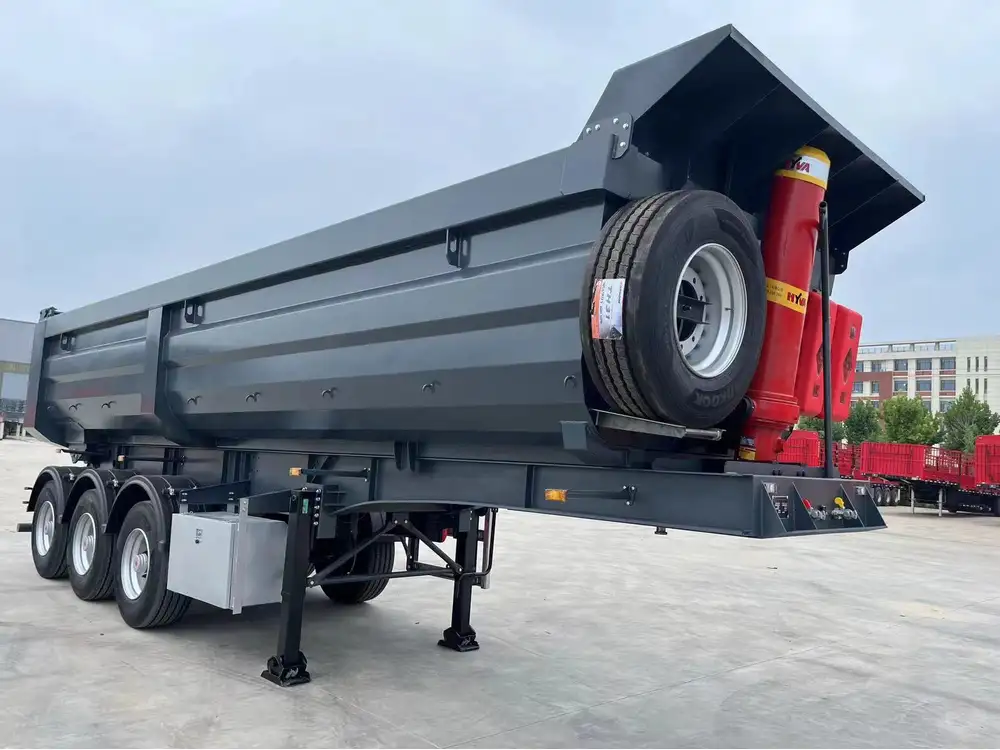
3. Ease of Loading and Unloading
Wider trailers allow for easier maneuvering of machinery during loading and unloading processes. This is especially beneficial for industries that rely on heavy equipment transfer, such as construction and agriculture.
4. Adaptability
Flatbed trailers are versatile and can adapt to various cargo types, from machinery to bulk materials. The width facilitates the loading of wider items without incurring additional costs for specialized trailers.
Loading Capacity and Weight Considerations
When pondering “how wide is a 48 ft flatbed trailer,” it is equally essential to understand its loading capacity and weight restrictions. The Gross Vehicle Weight Rating (GVWR) for a typical 48 ft flatbed trailer ranges from 48,000 to 66,000 pounds, contingent on the axle configuration. Below, we provide a detailed table summarizing load capacities based on axle configuration:
| Axle Configuration | Estimated Capacity |
|---|---|
| 2 Axles (Light duty) | Up to 48,000 lbs |
| 3 Axles (Mid duty) | Up to 65,000 lbs |
| 4 Axles (Heavy duty) | Up to 80,000 lbs |
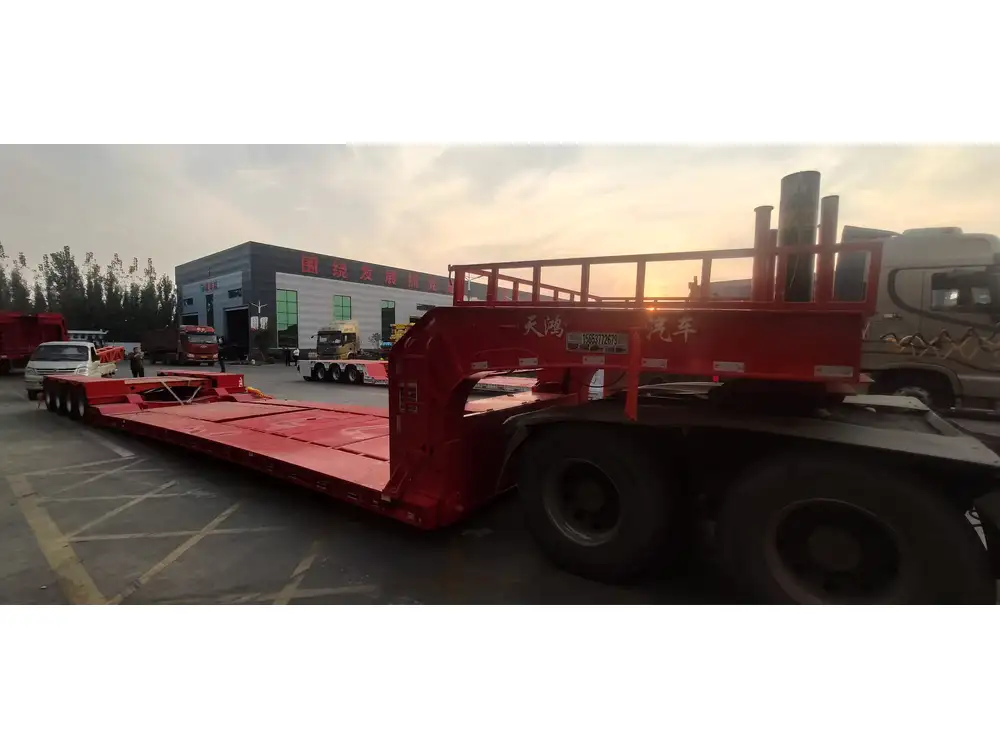
Effective Use of Load Calculations
When loading a flatbed trailer, it’s critical to maintain even weight distribution. An unevenly loaded trailer not only complicates transport but also increases the likelihood of accidents. Operators should utilize weight distribution tools to ensure compliance with weight limits for each axle.
Understanding the Structural Components
The structural integrity of a flatbed trailer is just as vital as its width. Key components include:
- Frame: Usually made from steel, the frame provides the primary support structure.
- Decking: Constructed from wood or various composites, the decking forms the actual cargo area.
- Axles and Suspension: These components are crucial for road stability and load control.
A typical 48 ft flatbed trailer features a flat structure which includes several key specifications as detailed below:
Frame Design
- Material: Generally constructed from high-strength steel or aluminum for durability and reduced weight.
- Configuration: Often features a single or dual-beam configuration ensuring balanced load distribution and increased strength.
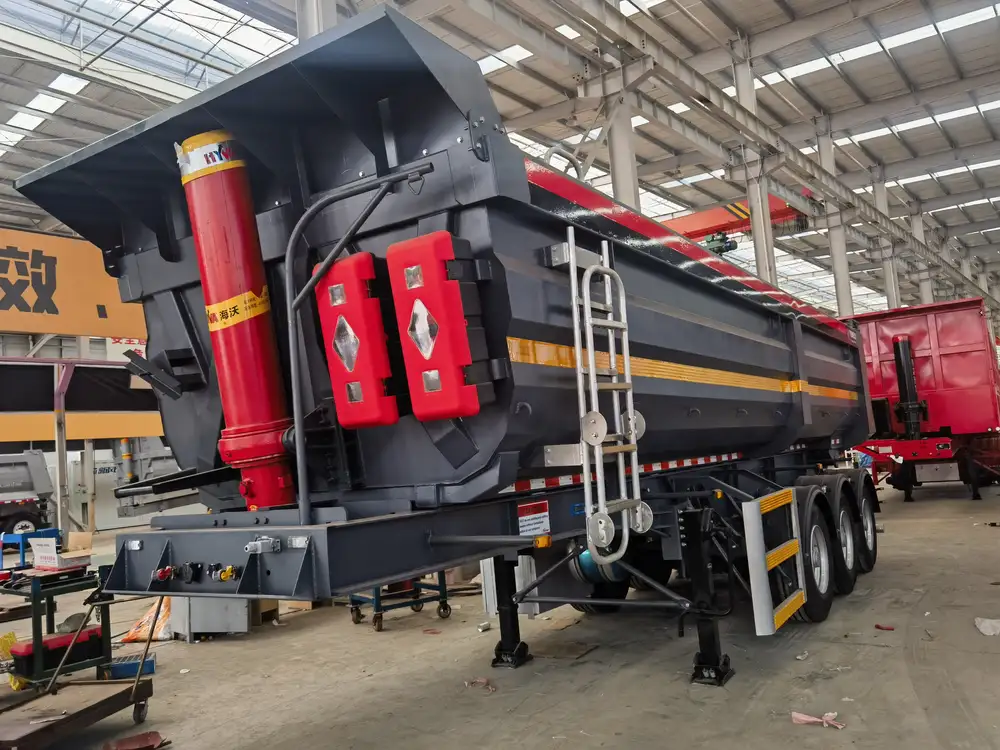
Decking Materials
- Wood Decking: Commonly used for traditional flatbed trailers; it’s robust and easy to repair.
- Composite Decking: Durable and resistant to weather conditions, ideal for prolonged usage.
Suspension Systems
The suspension system can be either leaf spring or air ride. Each has distinct advantages based on load types and road conditions:
| Suspension Type | Advantages |
|---|---|
| Leaf Spring | Cost-effective, rugged for heavy loads |
| Air Ride | Smooth ride, ideal for fragile cargo |
Best Practices for Flatbed Trailer Operations
To maximize the operational efficiency of a 48 ft flatbed trailer, adherence to best practices in usage is pivotal:
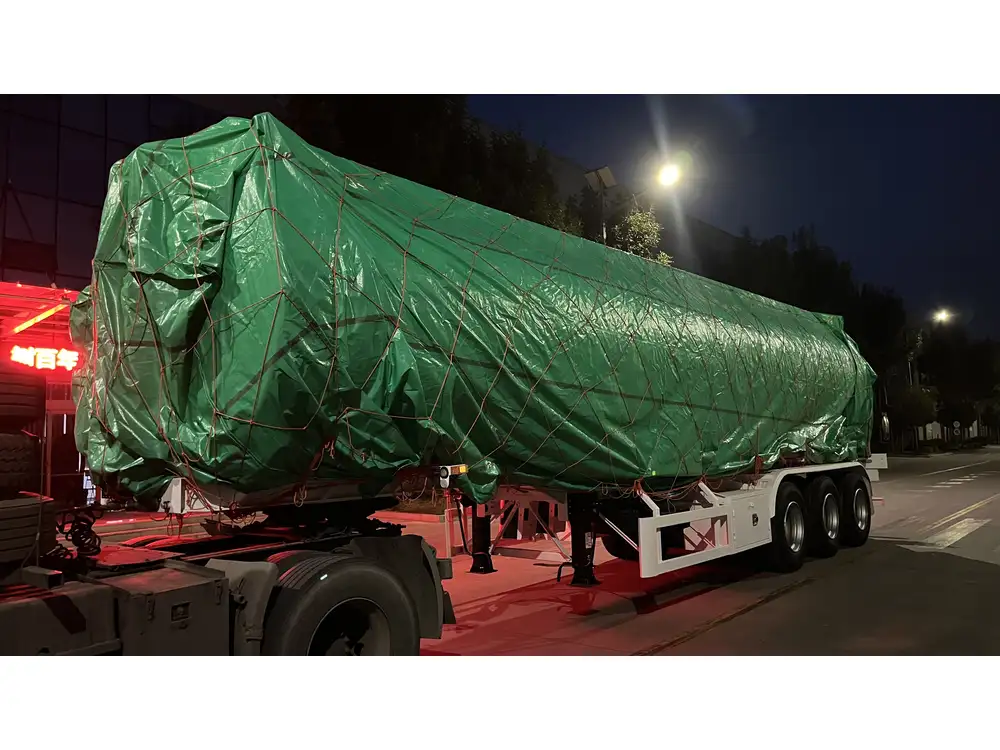
1. Regular Inspections
Conduct routine inspections of all components, including the tires, brakes, and lights, to guarantee compliance and safety.
2. Proper Load Securement Techniques
Utilizing various securement systems such as tarps, chains, and straps is essential. Properly securing loads prevents shifting during transit, thereby enhancing safety.
3. Stay Updated with Local Regulations
Comprehend and consistently monitor local transport regulations as they can vary significantly between states, affecting the ability to load and transport certain cargo types.
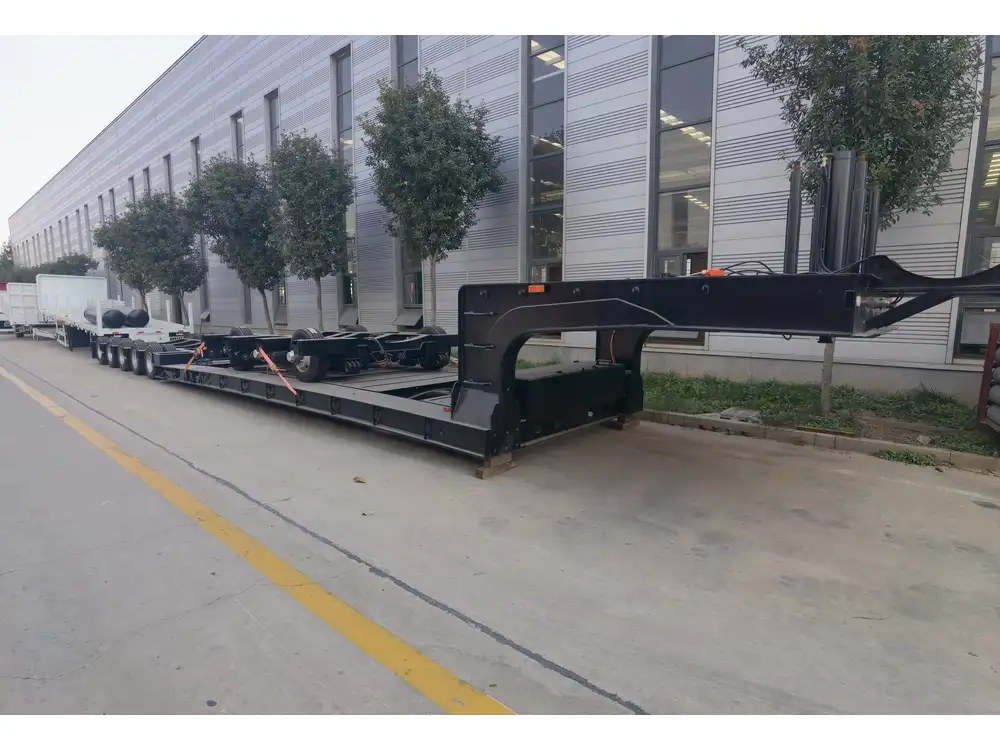
4. Continuous Operator Training
Invest in continuous training for operators to ensure that they are updated on the latest load management practices, safety protocols, and vehicle maintenance techniques.
Conclusion
Understanding the dimensions of a 48 ft flatbed trailer—specifically its width and its applications—plays a fundamental role in optimizing transportation logistics. With a standard width of 8 ft 6 in, a 48 ft flatbed trailer is versatile enough to cater to numerous industries while complying with regulations and ensuring safety and effectiveness in load management.
For manufacturers, operators, and logistics professionals, leveraging these insights prepares you to navigate the complexities of flatbed operations confidently. As the industry continues evolving alongside technological advancements, continual adaptation is essential to maintain competitive advantages in this dynamic transport ecosystem.



